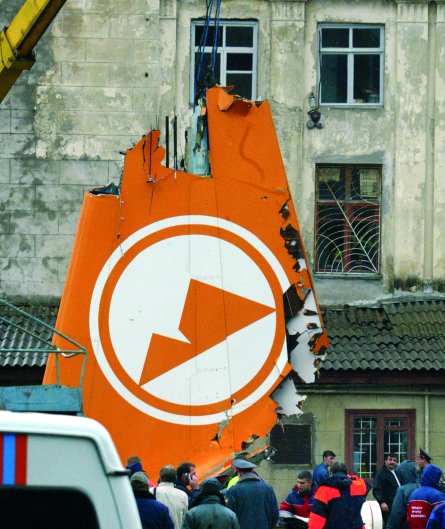DAVID KAMINSKI-MORROW & DAVID LEARMOUNT/LONDON
The crew of the Armavia Airbus A320 that crashed into the Black Sea close to Sochi in southern Russia on 3 May was attempting to make its second approach to the airport in poor weather conditions. All 105 passengers and eight crew members were killed.
Armavia says the crew of flight U8 967, operating from Yerevan, Armenia, to Sochi, had planned to divert to the Georgian capital Tbilisi as weather reported for the destination was below minima, but information about improved conditions led them to change their minds and attempt a landing.

EMPICS/SERGEY PONOMAREV
Russia’s transport ministry says the weather conditions at Sochi did not meet the minimum criteria of “100m” (330ft) cloud ceiling and 1,500m visibility. The crew abandoned its initial approach to runway 06, which has an instrument landing system, before opting to make a second attempt using runway 02 where visibility was reported to be better.
Meteorological data from the Sochi airport weather station at 02:00 local time indicate the presence of cumulonimbus clouds, but only light precipitation, the wind light and variable, and the cloudbase at 600ft with mist below it.
The ministry says air traffic control lost contact with the aircraft while it was manoeuvring to position for the second approach at about 02:15, and at that time the aircraft was operating at a height of around 920ft and an airspeed of 135kt (250km/h). The 11-year-old A320 hit the surface of the Black Sea about 6km (3nm) offshore, and there had been no emergency call from the crew. Russia’s transport minister Igor Levitin has reportedly cautioned that a recovery effort will be difficult. He says the bulk of the wreckage is lying at a depth of around 680m.
The aircraft had accumulated about 28,200 flight hours and 14,400 cycles.
Source: Flight International
















